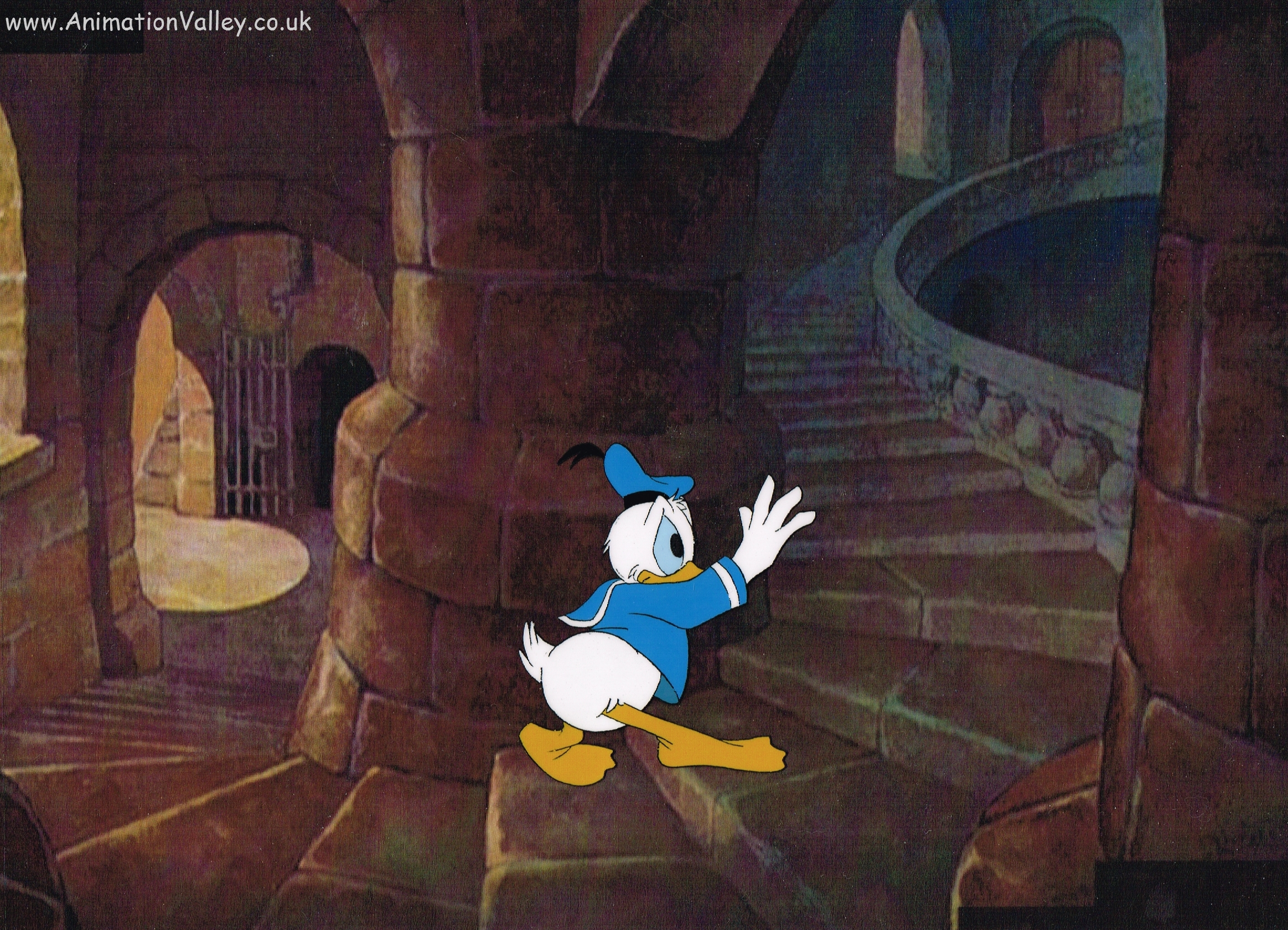

"The invention of the technique is generally attributed to Earl Hurd, who patented the process in 1914. The outline of the images are drawn on the front of the cel while colors are painted on the back to eliminate brushstrokes." - Wikipedia.
Cel- Short for Celluloid.
Cel animation is a technique that has been used since the first half of the 20th century.This technique is where characters or objects get drawn onto a cel and a new cel for each physical movement of the character/object, all whilst being used on top of a static background so all that is being done is the cells are being moved around on top of a static background. This works fairly similar to stop motion in a way, but much easier as you only need to redraw the moving objects and not the whole scene.
The equipment involved in this type of animation are celluloid's which are transparent sheets of paper, which you can either draw or paint your animations on. And also you will need a camera to take the pictures of the moving scene and most likely a camera stand of some sort.
The advantages- More cost and time effective than stop motion, although using the same base technique You aren't doing half as much of the work you would be doing compared to a stop motion animation.
The Disadvantages- The first material used for cel animation was highly flammable and had to be replaced by cellulose acetate. It takes a high degree of artistic ability to do this type of animation some may find it difficult to use this technique.
No comments:
Post a Comment